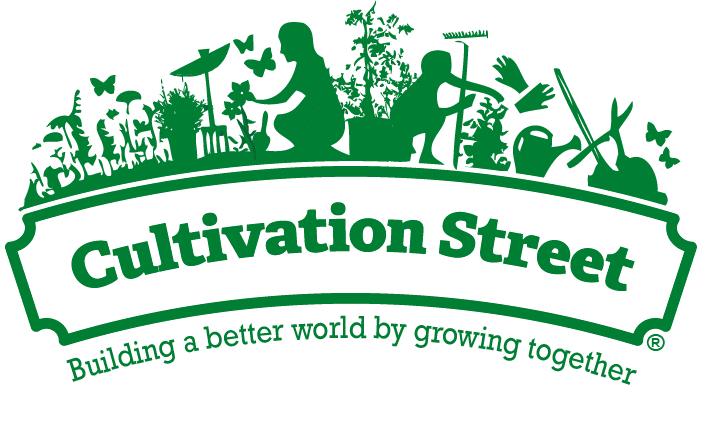Why should we care about compost?
No garden is complete without a compost bin. Not only are they the best way to dispose of your kitchen and garden waste, but they’re also an easy, eco-friendly way to give your garden soil a welcome hit of organic nutrients.
How do you compost?
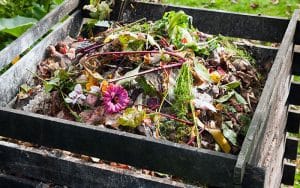
First, you need a compost bin. You can buy these; however, they make great DIY projects for schools and communities. Check out my steps to building a compost bin here.
You can also create a heap if you’re not handy with a hammer. But it’s worth noting, bins retain more warmth and moisture, so make better compost, faster.
Choose a spot where there’s light shade, and make sure the weather and temperature conditions will be relatively constant. It’s best that the bin/heap has an earth bottom. This allows for drainage and access to soil organisms. If this isn’t possible, add a spade full of soil to the bin. Make sure you line the edges, too. You can use plastic, however, cardboard is better, as it can rot away with the compost when ready.
Which materials should you use for compost?
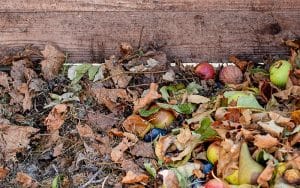
They’re called bins for a reason. It’s the best place to put your garden and kitchen waste. Although councils offer green waste collection, this involves using heavy transport. An enemy to the environment that’s best to avoid where you can!
So, to make the best compost for your garden, I recommend including 25-50% green materials. These include grass-clippings, weeds, vegetable kitchen waste, or manure (these feed the microorganisms).
The remainder should be woody, brown materials. Like wood-chippings, paper, carboard, straw, and dead leaves. These are carbon rich. A tip: the finer you shred your waste, the faster it will rot. Get this right, and your heap will reach a temperature perfect for producing great compost.
What is turning the heap?
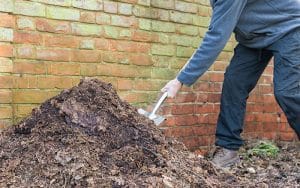
Turning the heap is essentially like folding air into a cake batter. Turning the heap adds air, necessary quicker composting. It’s also a great way to make sure the bin doesn’t have that distinctive waste stench.
Ideally, you’ll fill your compost bin, however, I appreciate waste is accumulative and this can be tricky. Still, the more waste, the better! Turn the waste periodically, around once a month, to introduce air. And remember, keep the waste moist in warmer weather. Turning gives you a chance to assess the level of moisture.
How do you know compost is ready?
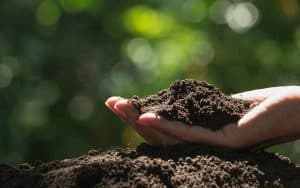
Compost usually takes between 6 months-two years to reach maturity. You’ll know it’s ready when it’s dark brown, with a crumbly soil-like texture, and smells like a damp woodland. It’s unlikely you’ll find any, but un-rotted materials can be added to the next batch of composting.
And there you have it! Top quality compost for you school or community garden. Watch together as your garden grows to its full, flourishing potential!

